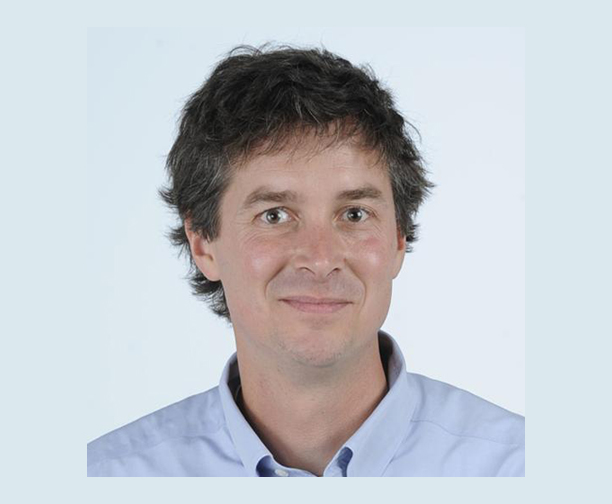For more information
• What: 8-week course on Mindfulness-Based Stress Reduction• Where: Center for Mindful Living• When: Tuesdays, Jan. 20 - March 10• How: Register at centermindfulliving.org
There are few things as beautiful and hopeful as a man or woman sitting still in meditation.
If someone was sculpting an iconic image of the coming 21st century -- the way football has the Heisman statue -- I nominate a sitting man or meditating woman as that image.
All our other images -- a Texting Man? a Rush-Hour Woman? -- do not have the spiritual power able to meet the growing demands this society places on each of us.
In a time of disillusionment and fear, meditation is an act of courage and affection.
In an age of aggression and numbness, it is an act of transformation and grace.
In a world of violence, it is an act of love.
In fact, were you to hand me a genie in a bottle granting wishes for the betterment of Chattanooga, then hands down, one of my first wishes is this:
We learn to meditate.
We learn to sit still.
In our schools, prisons and offices.
In our board rooms, living rooms and operating rooms.
We teach our students, educators and police officers.
We teach our doctors, business leaders and legislators. (And columnists.)
Why?
Because there is a world of difference -- life and death, sometimes -- between being mindful and mindless.
"In all situations, it is my response that decides whether a crisis will be escalated or de-escalated, and a person humanized or de-humanized," said the German writer Goethe.
Mindfulness training can increase our health and sense of well-being. (One friend was instructed by his doctor to practice an eight-week mindfulness course before open heart surgery.)
When we're angry and upset, we fly off the handle and kick the dog. We cry ourselves to sleep, and wake up jittery and afraid. We see enemies around every corner.
Mindfulness can change so much of that.
"These are not easy times to be well," Kittisaro said.
You may know his story: born in Chattanooga, he achieved worldly fame and success before realizing descending into the life of the spirit. Living in a Thai forest, he became a Buddhist monk, then later -- along with his wife Thanissara -- founded a retreat center in South Africa.
Recently, they published their first book, "Living in the Heart."
Saturday, Kittisaro and Thanissara led an afternoon discussion at the Center for Mindful Living on McCallie Avenue.
Fifty or so people came. We each took our shoes off at the door. ("I think I can smell your feet," my ever-mindful wife whispered.) We sat in straight chairs, and shut our eyes. Kittisaro spoke softly, then Thanissara.
It was that simple.
"How are things, right now?" Kittisaro asked.
Quite alright, actually.
Afterward, I saw a friend. He's a local cardiologist. We've been brainstorming for the last few weeks, and realized it may be time to share this with the rest of you.
Here goes. (You may want to sit down for this.)
Is it possible to teach meditation and mindfulness in more ways to more people here?
Are there classroom teachers willing and able to spend 10 minutes a day teaching mindfulness to students? Are there principals and school board members willing to support them?
Is it possible to incorporate this into training programs -- for doctors, nurses, police officers, educators and social workers?
Who are the people and where are the resources able to turn this idea into a reality?
"I would love to see mindfulness as part of the curriculum for our schools," the cardiologist said.
Don't be afraid of this -- while meditation is one of the many gifts Buddhism has given the world, such instruction does not have to be directly Buddhist, or even religious. (But, of course, it can be. Meditation has not supplanted my prayer life, but only deepened it.)
This is a rough draft of an idea.
Please email or call if you're interested.
Contact David Cook at dcook@timesfreepress.com or 423-757-6329. Follow him on Facebook and Twitter at David CookTFP.

